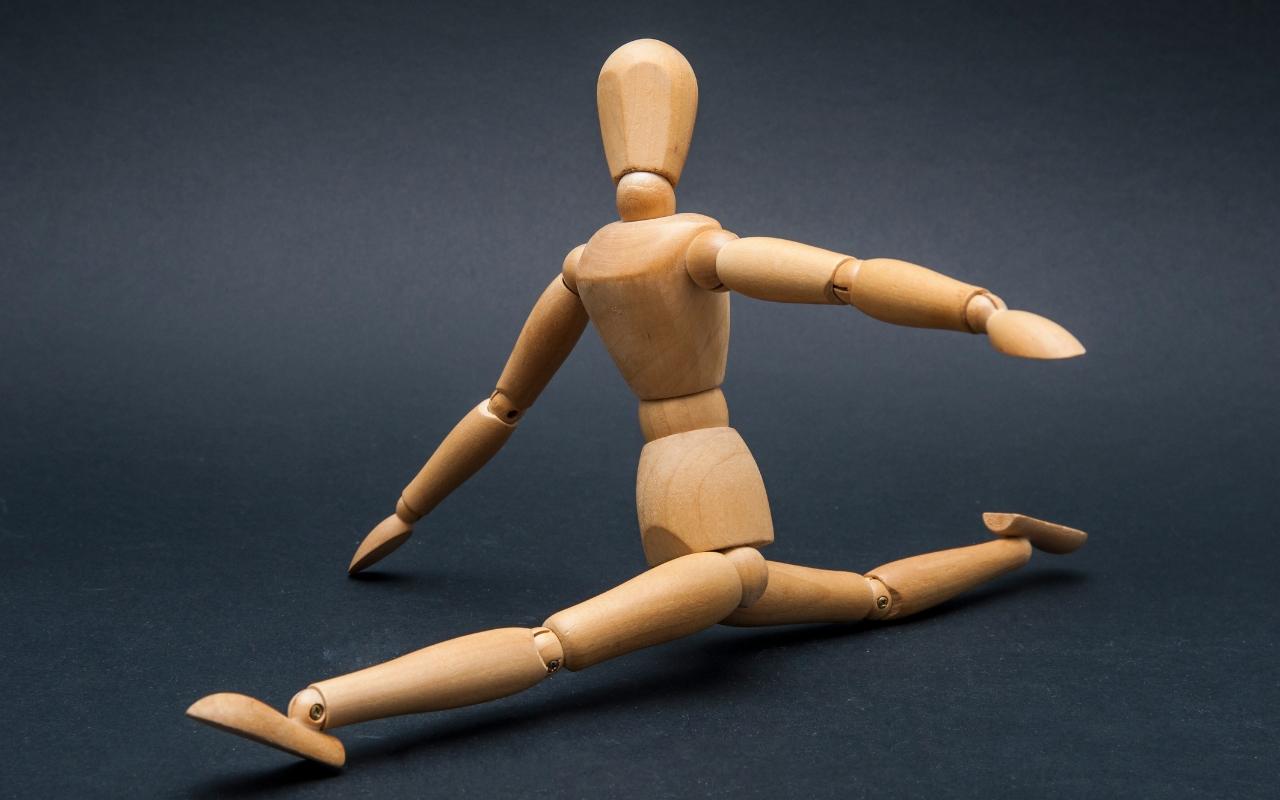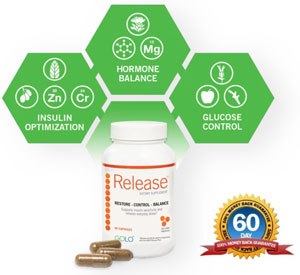Health
How can I improve my flexibility?
Published
2 years agoon
By
mbkteam
Flexibility is often an overlooked yet crucial component of overall fitness and well-being. The ability to bend, stretch, and move freely can significantly enhance your quality of life, making everyday activities easier and improving your athletic performance. Whether you're a professional dancer or an office worker, incorporating flexibility training into your routine can yield many benefits. This article delves into the expert tips and techniques to help you become more flexible, discussing the importance of flexibility, the best practices for stretching, and how to maintain progress over time.
Flexibility refers to the range of motion in a joint or group of joints and the length of muscles that cross the joints to induce a bending or flexing movement. Being flexible not only helps in preventing injuries but also aids in maintaining proper posture, reducing muscle soreness, and easing mental stress. In essence, flexibility is a cornerstone of physical health.
The Fundamentals of Flexibility Training
Understanding the basics of flexibility training is key to maximizing your efforts. Flexibility can be divided into two major types: static and dynamic. Static flexibility involves holding a stretch for a set amount of time, typically 15 to 60 seconds, which elongates the muscle and improves its elasticity. On the other hand, dynamic flexibility involves moving parts of your body through a full range of motion, often mimicking the activity or sport you're about to engage in. Both types play a pivotal role in a balanced flexibility regimen.
Warm-Up: The Golden Rule of Stretching
Before starting any stretching routine, it's essential to warm up your muscles. Warming up increases blood flow to the muscles, making them more pliable and reducing the risk of injury. A common mistake is starting to stretch cold muscles, which can lead to strains or tears. A short, five- to ten-minute warm-up, such as light jogging or jumping jacks, can sufficiently prepare your muscles for stretching.
According to experts, keeping your muscles warm is vital. This is why you'll often see dancers or athletes wearing leg or body warmers. The heat helps maintain muscle flexibility and reduces the likelihood of injury. If you're exercising in colder climates, stay warm during your initial stretches and put layers back on post-exercise to cool down gradually.
Techniques for Effective Stretching
There are several effective techniques to enhance your flexibility:
1. Think ‘Lengthening' Not ‘Stretching'
Changing your mindset from ‘stretching' to ‘lengthening' can make a significant difference. This softer approach makes the practice seem less daunting and more achievable. Instead of forcing your muscles into uncomfortable positions, focus on gently lengthening them, which can lead to better and more sustainable results.
2. Hold and Breathe
Proper breathing is crucial during stretching. Holding a stretch a little longer while maintaining a steady breathing pattern can deepen the stretch without causing pain. Aim to reach the edge of your stretch — where it's uncomfortable but not painful — and use your breath to ease into it.
3. Use Props When Necessary
Incorporating props like yoga blocks, straps, or cushions can help you achieve stretches that might otherwise be out of reach. These tools can provide support, allowing you to maintain proper form and prevent overexertion.
4. Incorporate Myofascial Release
Myofascial release involves using tools like foam rollers or massage balls to release tension in the fascia, the connective tissue surrounding muscles. This technique can be particularly beneficial after intense workouts, helping to alleviate tightness and improve overall muscle flexibility.
Consistency is Key
One of the most important aspects of flexibility training is consistency. It's better to stretch for a short period daily than to do it intensively once a week. Regular practice helps maintain muscle elasticity and gradually improves flexibility. Experts recommend starting with small, manageable goals, such as 15 to 20 minutes of stretching three to four times a week. As you become more comfortable, you can increase the duration and frequency of your stretching sessions.
Incorporating Flexibility into Your Routine
Incorporating flexibility training into your daily routine doesn't have to be time-consuming. Simple stretches can be done throughout the day, even during short breaks at work. Here are some easy stretches you can incorporate daily:
1. Forward Fold
A Forward Fold stretches the entire back side of your body, including your calves, hamstrings, glutes, and spine. Stand with your feet close together, bend forward at your hips, and reach for the ground with your hands, keeping your legs as straight as possible. Use a yoga block or bend your knees slightly if you can't get the ground.
2. Seated Torso Stretch
Also known as the seated pretzel stretch, this move stretches your spine and glutes. Sit on the ground with your right leg extended and your left leg crossed over the right. Twist your torso to the left, using your right hand against your left thigh for resistance. Breathe deeply to deepen the stretch.
3. Figure-Four Stretch
This stretch is excellent for releasing tight hips and glutes. Lie on your back with your knees bent and feet flat on the ground. Place your right ankle on your left knee and gently pull your left leg toward your chest, feeling a stretch in your right hip and glute. Repeat on the other side.
4. Kneeling Hip Flexor Stretch
If you spend most of your day seated, your hip flexors might be tight. Stretch them by assuming a lunge position with your right leg forward and your left knee resting on the ground. Keep your back straight and gently lean backward until you feel resistance, holding the stretch for a few breaths before switching legs.
5. Neck Rotation
Don't neglect your neck and head during your stretching routine. Sitting or standing comfortably, place your right hand on the top left side of your head and gently tilt your head to the right, deepening the stretch along your neck. Repeat on the other side.
The Benefits of Flexibility Training
The benefits of flexibility training extend beyond improved range of motion. Regular stretching can enhance your overall quality of life, making everyday movements more comfortable and less painful. For athletes, increased flexibility can lead to better performance and reduced risk of injuries. Additionally, flexibility training can have mental health benefits, such as reduced stress and improved relaxation.
Enhanced Athletic Performance
Flexibility can directly impact your athletic performance. It improves muscle efficiency, allowing for more robust and controlled movements. For instance, elongating your muscles through stretching helps counteract the muscle contractions from strength training exercises, leading to an optimal balance of muscle tension and relaxation.
Reduced Pain and Discomfort
Living with tight muscles can be painful and frustrating. Regular stretching can alleviate pain from overworked muscles, making everyday activities like lifting or twisting more comfortable. Incorporating flexibility exercises into your routine can lead to a more comfortable and pain-free life.
Improved Mental Health
Flexibility training, mainly through practices like yoga, can significantly benefit mental health. Stretching and focusing on your breath can be meditative, reducing stress and promoting a sense of calm. This mental relaxation can be particularly beneficial in today's fast-paced world, helping to offset the effects of daily stressors.
Flexibility Training for Different Age Groups
Flexibility is essential for people of all ages, but the approach to flexibility training can vary depending on age and fitness level.
Children and Adolescents
Flexibility training can help prevent injuries and improve sports performance for young athletes. Simple stretches like forward lunges, side lunges, and standing quad stretches can be effective. It's important to ensure children do not overextend themselves and learn the correct form from a young age.
Adults
Adults, especially those with sedentary lifestyles, can benefit significantly from regular stretching. Combining static and dynamic stretches into daily routines can improve mobility, reduce pain, and enhance overall fitness. Concentrating on stretching areas that tend to be tight, such as the hips, hamstrings, and shoulders, can be particularly beneficial.
Seniors
As we age, maintaining flexibility becomes even more critical. For seniors, gentle stretching and flexibility exercises can improve balance, reduce the risk of falls, and maintain a higher quality of life. It's essential to approach flexibility training focusing on safety and gradual progress, using props and supports as needed.
Common Mistakes and How to Avoid Them
When starting a flexibility training regimen, it's easy to make mistakes that can hinder progress or lead to injury. Here are some common pitfalls and how to avoid them:
1. Stretching Cold Muscles
Stretching cold muscles increases the risk of injury. Always warm up with light cardio before diving into a stretching routine.
2. Bouncing During Stretches
Bouncing to deepen a stretch can cause muscle strain. Instead, hold each stretch steadily at the point of tension for 15 to 30 seconds.
3. Overstretching
Pushing your muscles too far can lead to strains and tears. Stretch only to the point of mild discomfort, not pain.
4. Inconsistent Practice
Inconsistency can prevent you from making meaningful progress. Aim for regular, short stretching sessions instead of infrequent, intense sessions.
5. Ignoring Breath
Breath is a fundamental part of effective stretching. Practicing diaphragmatic breathing during stretches can help you relax and deepen the stretch.
Patience and Persistence
Becoming more flexible doesn't happen overnight. It requires patience and persistence. You can expect to see improvements in two to four weeks if you stretch regularly — three to four times a week for 10 to 15 minutes. Remember that great things take time, and the journey toward flexibility is ongoing. There is no destination, just continuous progress.
Conclusion
Incorporating flexibility training into your lifestyle can profoundly impact your physical and mental well-being. The benefits of being flexible are vast, from preventing injuries and enhancing athletic performance to reducing daily discomfort and alleviating stress. By following expert tips and techniques, using props when necessary, and staying consistent with your practice, you can unlock a greater range of motion and enjoy a higher quality of life. Remember, the journey to flexibility is a marathon, not a sprint — so take your time, be patient, and enjoy the process.













